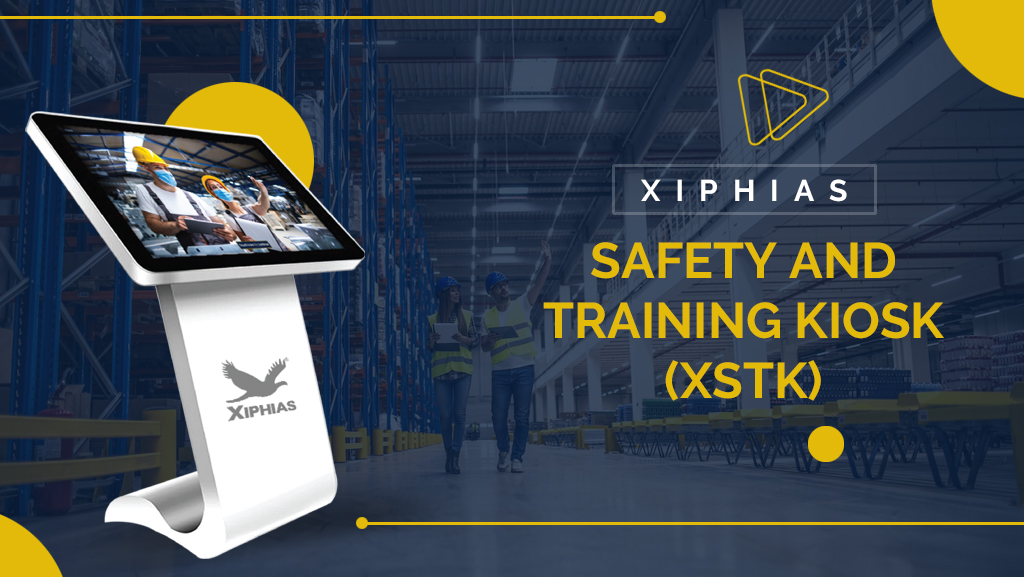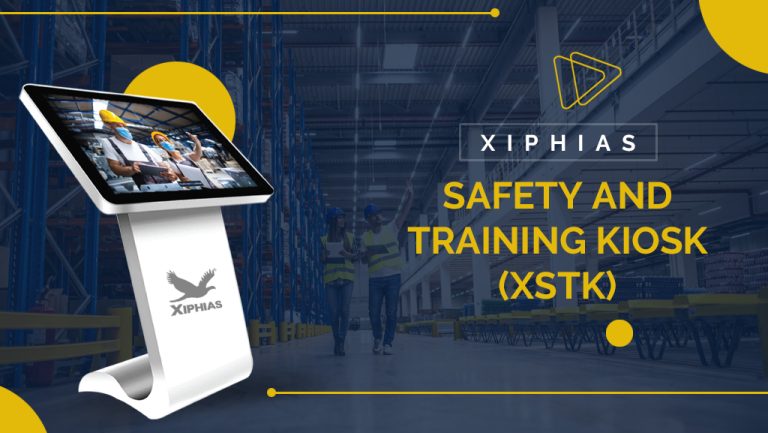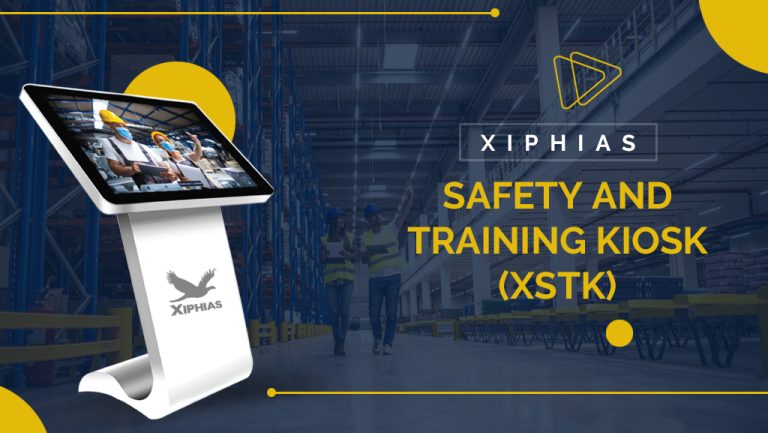Safety Training Kiosks: A Smart Investment for Employee Safety and Efficiency
In any workplace, employee safety should always be a top priority. Traditional safety training methods can be time-consuming, expensive, and may lack engagement. However, with the advent of technology, businesses can now invest in safety training kiosks to provide an efficient, cost-effective, and engaging way to educate their workforce.
In this blog post, we’ll explore how safety training kiosks are becoming a smart investment for businesses looking to improve employee safety while optimizing efficiency.
What Are Safety Training Kiosks?
A safety training kiosk is an interactive, self-service station equipped with a touchscreen interface and safety training software. These kiosks deliver training content on workplace safety, emergency protocols, and hazard management in an engaging format. They can include videos, quizzes, simulations, and other multimedia components designed to reinforce learning.
The self-service nature of the kiosks means that employees can complete training at their convenience, without interrupting their workflow or requiring a facilitator.
Why Safety Training Kiosks Are a Smart Investment
1. Enhanced Accessibility and Convenience
One of the primary advantages of safety training kiosks is the accessibility they offer. Employees no longer need to schedule time off from work to attend classroom-based safety training sessions. With kiosks placed throughout the workplace, employees can easily access the training modules during breaks or downtime. This flexibility ensures that safety training doesn’t disrupt daily operations.
2. Standardized and Consistent Training
With traditional safety training methods, there is always the risk of inconsistent delivery, where some employees might receive more detailed or accurate information than others. Safety training kiosks eliminate this risk by providing uniform training content to all employees. Every employee undergoes the same training program, ensuring consistency in the safety knowledge imparted across the workforce.
3. Cost-Effective Solution
Traditional safety training programs can be costly, involving expenses such as hiring trainers, paying for materials, renting training venues, and more. Safety training kiosks, on the other hand, require an initial investment in hardware and software, but once set up, they become a cost-effective solution.
Additionally, by reducing the time employees spend away from their regular duties for training sessions, businesses can minimize productivity loss. This reduction in downtime contributes to overall cost savings, making kiosks a smart choice for businesses looking to improve both safety and efficiency.
4. Improved Employee Engagement and Retention
The traditional method of passive learning—such as listening to a lecture or reading through a safety manual—can be disengaging and lead to poor retention of critical information. Safety training kiosks use multimedia elements such as videos, interactive scenarios, and quizzes to create a more engaging learning experience. This hands-on approach to training increases employee involvement, making it more likely that they will retain the information and apply it in real-world situations.
Interactive content allows employees to test their knowledge through simulations or scenarios, helping them understand how to react in potential emergency situations. This engagement not only improves learning outcomes but also ensures that employees feel more confident in their ability to handle hazards effectively.
5. Faster Training and Reduced Downtime
Safety training kiosks help businesses reduce the amount of time employees spend on training. Unlike traditional classroom sessions, where employees may have to spend hours or even days learning, kiosks allow employees to complete their training at their own pace.
By making the training process faster and more flexible, safety training kiosks help reduce downtime. This results in less disruption to business operations and allows employees to get back to work more quickly, improving overall productivity.
6. Real-Time Tracking and Reporting
Safety training kiosks often come with built-in tracking and reporting features that allow businesses to monitor employee progress in real time. Managers can easily track which employees have completed the required training, how they performed on quizzes, and whether any additional training is needed. This tracking system ensures that employees are not overlooked and that compliance is consistently met.
These reports can also be useful for audits, ensuring that the business is meeting industry-specific safety regulations. Automated tracking and reporting save valuable administrative time and reduce the risk of errors, ensuring that safety training records are always up to date and accessible.
7. Scalability for Growing Businesses
As businesses grow, so do their safety training needs. The scalability of safety training kiosks makes them an ideal solution for businesses that are expanding their workforce or opening new locations. New modules can be added to the system as needed, and additional kiosks can be easily deployed to accommodate larger teams. This scalability allows businesses to maintain the same level of training quality across all locations, ensuring consistent safety standards as the company grows.
8. Remote Updates and Customization
One of the standout features of safety training kiosks is their ability to be remotely updated. When there are changes in safety protocols, regulations, or industry standards, businesses can update the training modules without needing to replace materials or re-train employees. These updates can be rolled out instantly across all kiosks, ensuring that employees always have access to the most current safety information.
Moreover, kiosks can be customized to fit specific industry needs. For example, construction sites may require specialized training modules on equipment handling and fall protection, while manufacturing plants may need training on machine operation and hazard communication. Safety training kiosks can be tailored to meet the unique needs of different workplaces.





